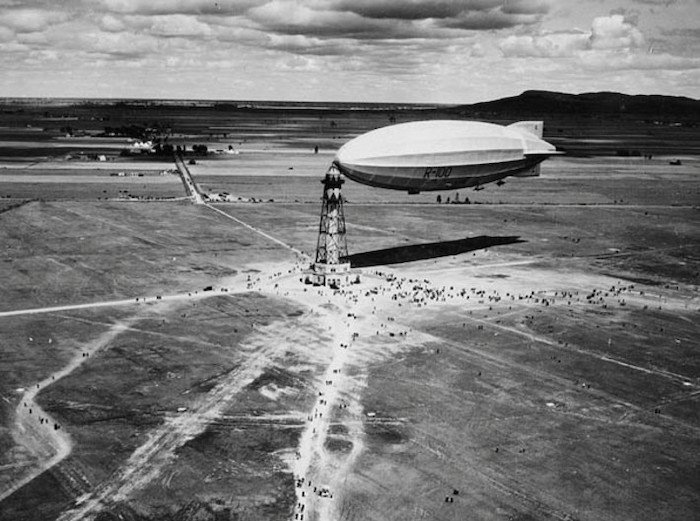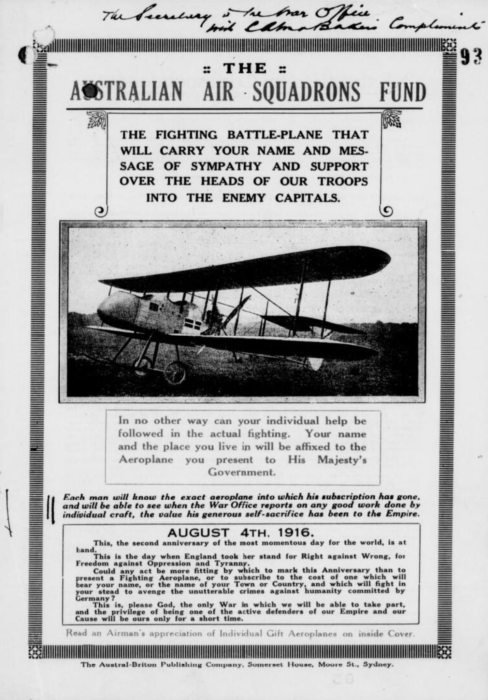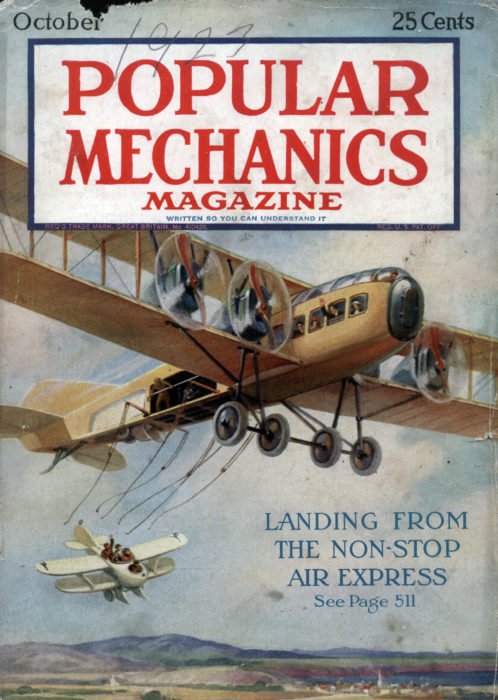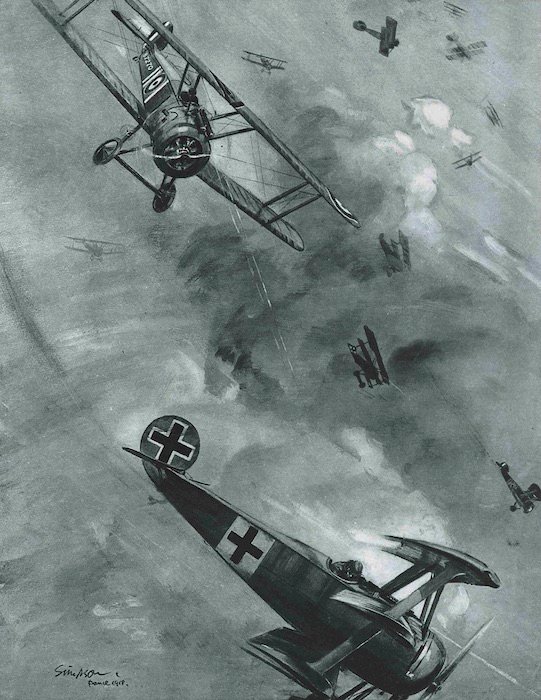The end of ideology (in rigid airship nomenclature)
If you’ve ever read anything about the last great British rigid airships, built between 1924 and 1930 as part of the Imperial Airship Scheme, you will almost certainly have come across a statement to the effect that R.100 was known as the ‘capitalist’ airship and R.101 as the ‘socialist’ airship. This was because the former […]











